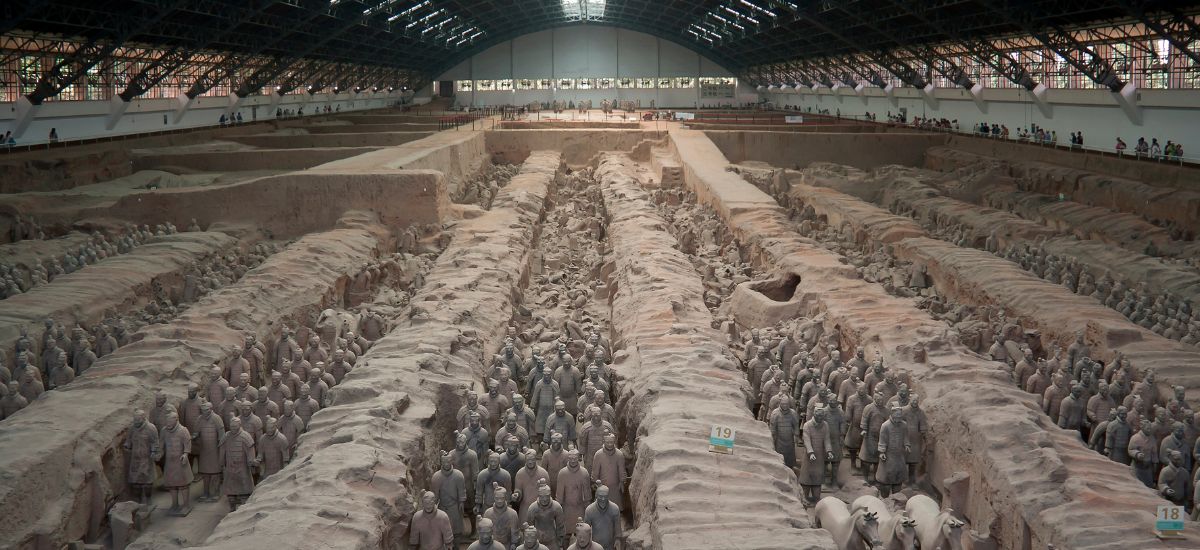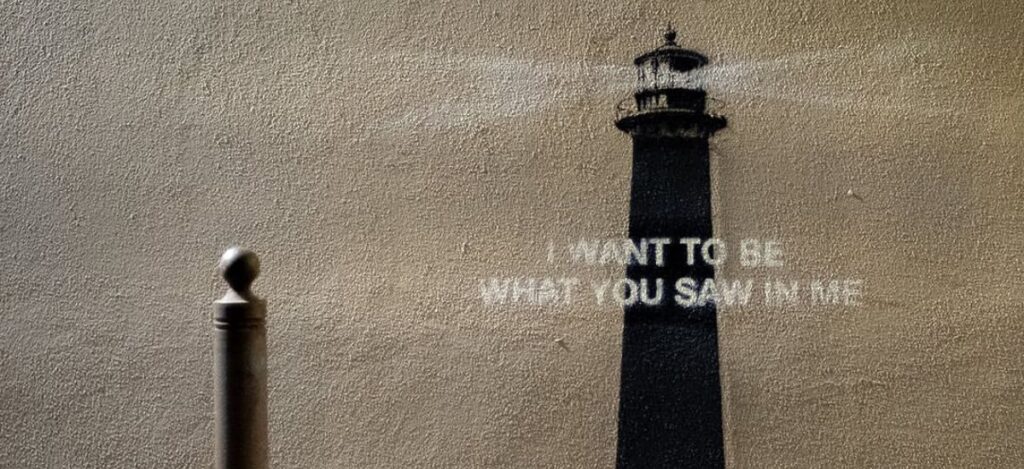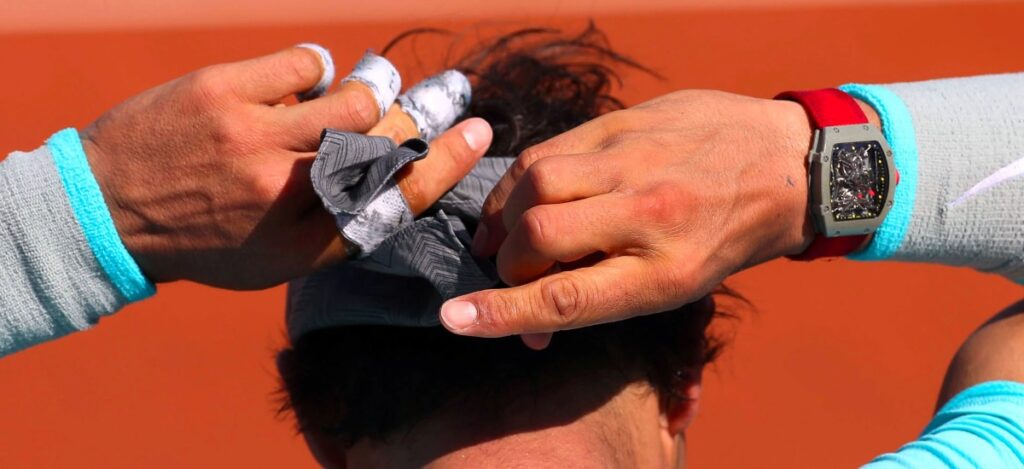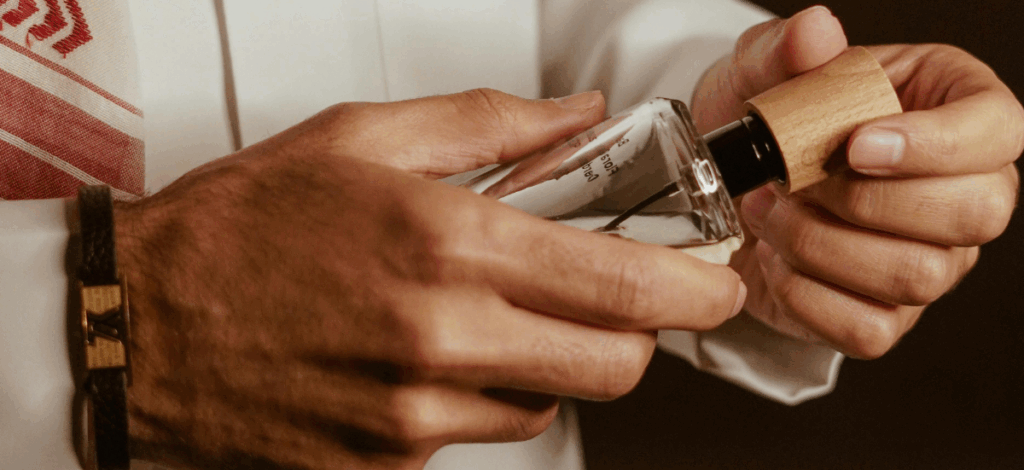Few alarm bells ring louder than the crack of 2,000‑year‑old clay. On May 30, 2025, a 30‑year‑old tourist vaulted the guardrail and safety net at Xi’an’s Museum of the Terracotta Army, plunging 18 feet (5.4 m) into Pit 3 before pushing and pulling two ancient warriors.
Both figures toppled—one losing part of its forearm, the other sustaining a fissure along the torso—before guards restrained the intruder.














